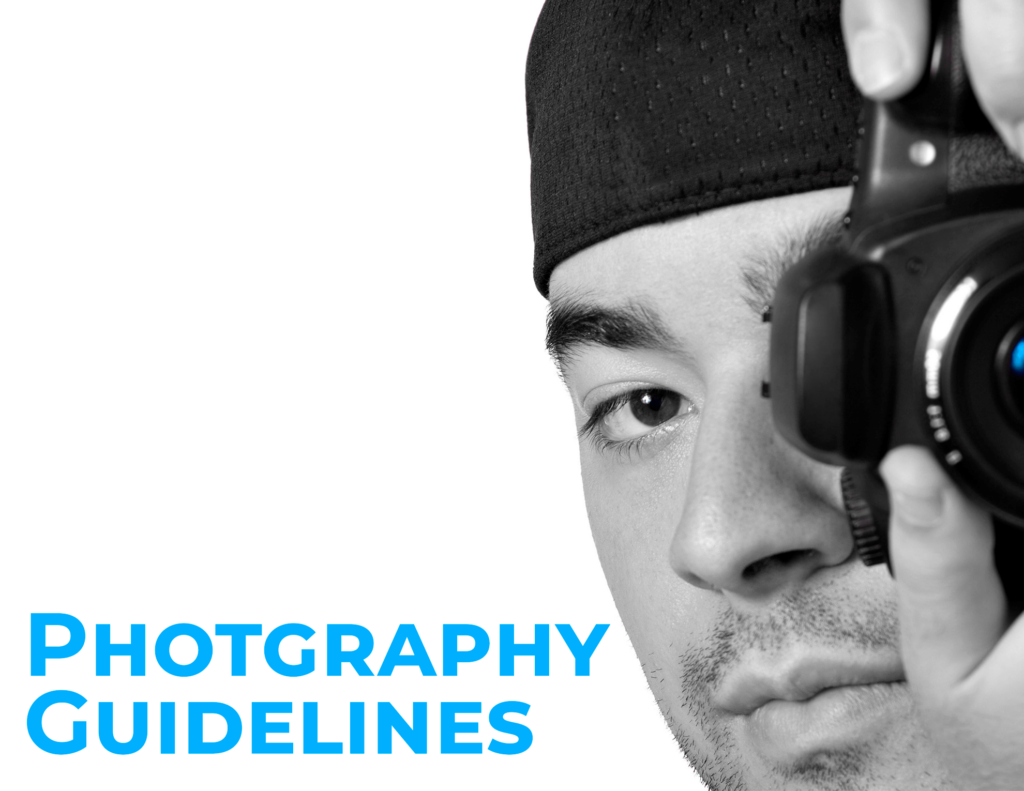Why photographs make your article more appealing
- Photographs draw attention to a story more quickly, clearly, and powerfully than any other means of communication. Your church provides many opportunities to use photojournalism.
- Bulletin boards display pictures of church events.
- Newsletters need pictures of people, events, and landmark occasions.
- Articles to the Pacific Union Recorder require pictures.
- Articles for local newspapers are enhanced by photographs.
How to take creative, action-based pictures.
- Know camera basics. Become familiar with your particular camera.
- Take enough pictures. (Someone is sure to have eyes closed in one.) If you have several pictures to choose from, a good one is usually assured.
- Editors look for pictures in sharp focus (unless intended to be soft focus for effect), clear, with good color contrast.
- Take action pictures of the person or group doing something, not just smiling for the camera. In addition to taking a picture of a person with an award or plaque, take a picture of what he or she did to receive the award.
- Simplify the background. Position the subject away from distracting background items such as trees, poles, furniture, etc.
- Employ the rule of thirds. Visually divide the picture into thirds, left to right and top to bottom. Instead of centering the subject, place it where one of the dividing lines intersects.
- When shooting outdoors, pose people so they don’t stare into sunlight. Position them with the sun off to the side so they don’t have to squint.
- Use natural frames for the photo. A house appears friendlier when framed with a tree branch in the foreground, or with a fence leading the eye off into the distance.
- Get close to the subject. Enlarge the point of interest.
- Photograph groups of people in a natural cluster, rather than in a stiff row. Perhaps have them casually sitting on steps, or standing at different heights.
- Experiment with different lighting at different times of day. You can get some very creative pictures using natural lighting.
- Be sure to get permission and names of the people you photograph, especially children. You need the date, place and signature of parent or guardian if the subject is a minor.
- When photographing groups, include people of different ages, gender and ethnicity, if appropriate to your article.
Selecting your photos
Vibrant photography adds an important element to your Recorder story. Acceptable photos help
the reader understand and connect to the story. The photos should:
- Be clear, sharp, attractive and colorful.
- Illustrate some kind of action in the story.
- Avoid portraying subjects in unflattering poses (such as with wet hair after a baptism).
- The best photos show action, so avoid submitting photos with rows of people smiling for the camera.
- Baptismal tank photos should be avoided because they’re so overused.
And, because quality is more important than quantity, please limit the number of photos you
submit to your four best photos per article unless you are introducing new staff members who
each have individual photos.
Writing photo captions
Many busy readers do not read every story, but instead rapidly scan the title and photo captions to
see what the story is about. Write your captions with that in mind. Use them to entice the reader
to read your story.
Always write a full-sentence caption describing
- what is happening in the photo,
- who the people are (unless the group is too large) and
- why they’re in the photo.
DO NOT embed the photos in a word processing document or e-mail message — send them as
attachments only. Please do not crop or alter the original photos in any way. Attach them just as
they came from the camera. At the end of your story, make a list of the photo filenames with their
corresponding captions.

